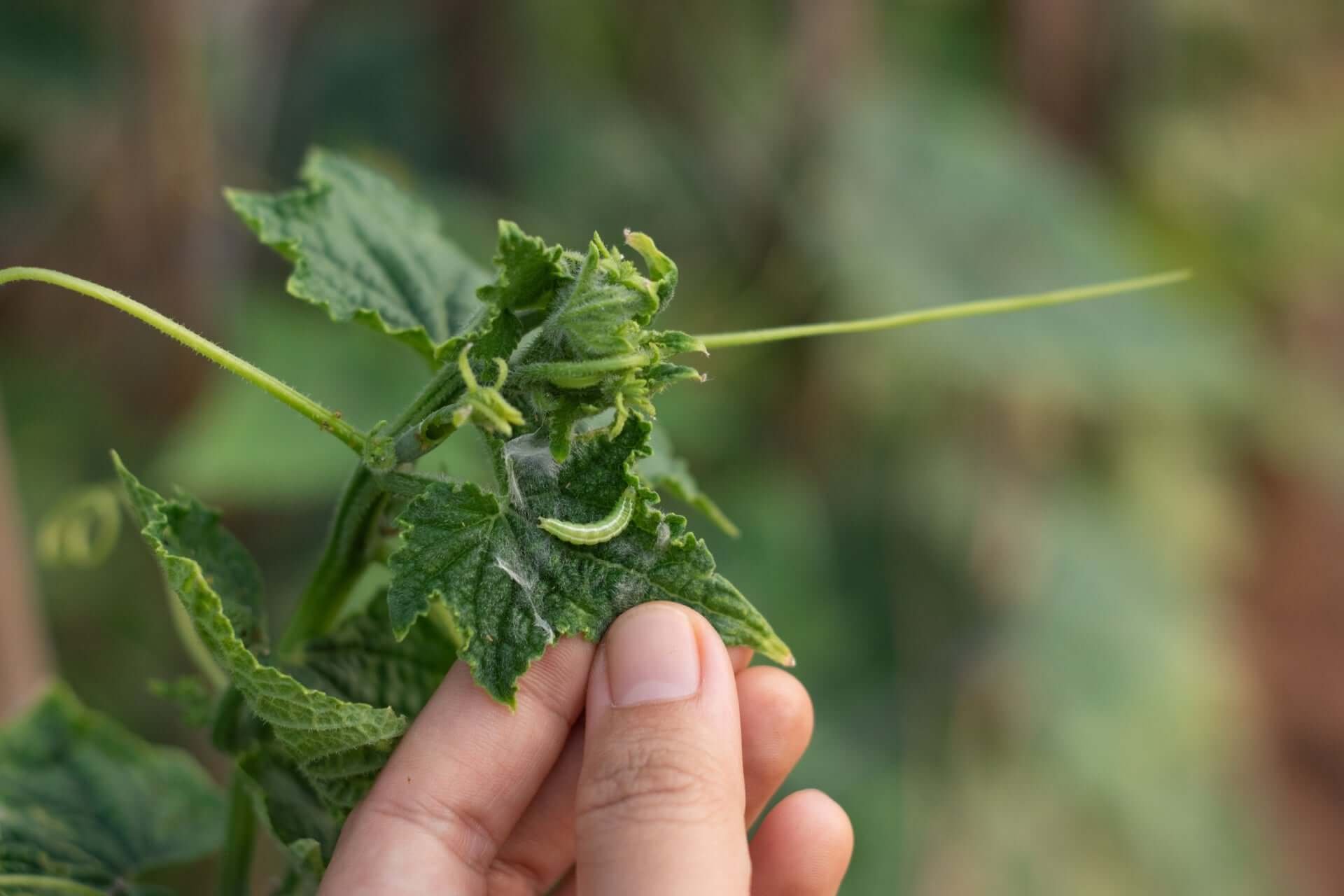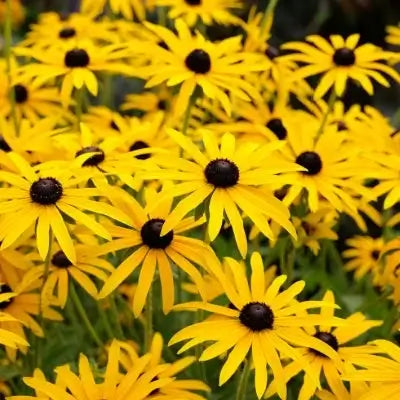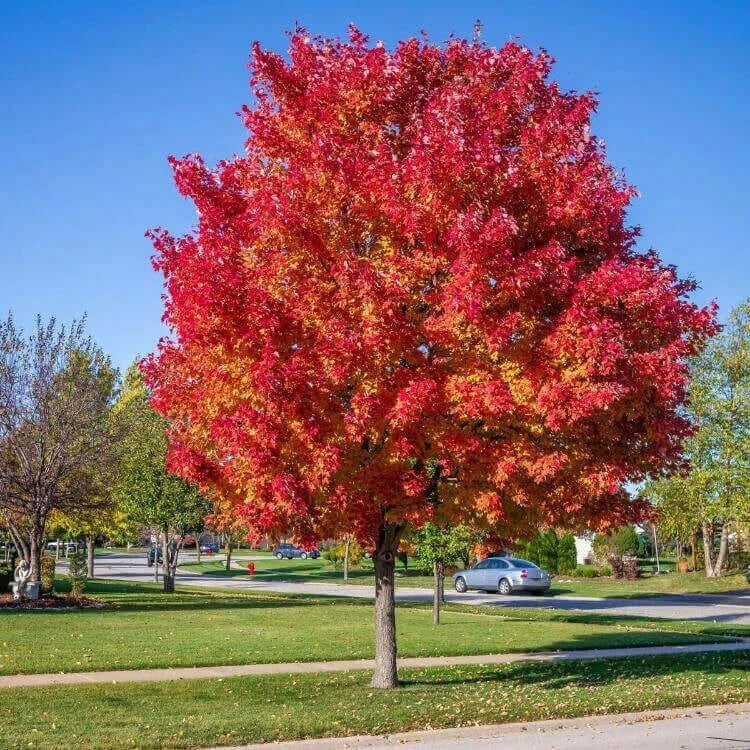Research into Purple Pitcher Plant Extract reveals its potential medical applications
The purple pitcher (Sarracenia purpurea) is one of North America's most fascinating indigenous plants. This carnivorous species survives in nutrient-deprived soils using its pitcher-like tubular leaves to capture and consume insects. The purple pitcher plant exists in wetland habitats throughout the continent, serving as a botanical wonder and a plant with long-standing medicinal use. The Algonquin and Mi’kmaq people, among other Indigenous groups, have relied on plant extracts to heal infections and treat fevers and digestive problems. Researchers and herbalists are investigating purple pitcher plant extract to determine its antibacterial, antiviral, and anti-inflammatory benefits.
The extract was historically popular as a smallpox treatment. Healers from Native American tribes made a decoction using the plant's roots and leaves as they believed it had antiviral effects. European settlers began using this remedy as medical practitioners recorded how it helped lessen smallpox symptoms. The relevance of this plant's antiviral properties persists in scientific research despite modern vaccines eliminating their previous practical use. Extracted compounds from purple pitcher plants show potential for treating various viral conditions that impact skin health and immune system functionality. Its ability to reduce inflammation makes it suitable for chronic pain and swelling.
How Purple Pitcher Plant Extract is Used in Herbal Medicine
The standard purple pitcher plant extract method involves harvesting leaves and roots from the plant. Depending on its final application, the preparation method changes, but traditional techniques usually require steeping the plant material in water or alcohol to produce a potent liquid extract. Herbalists utilize the extract to make tinctures, salves, and teas for various treatments. Herbalists still recommend purple pitcher plant extract for immune support and digestive health despite ongoing scientific research into its effectiveness. The natural compounds within the plant can modulate immune responses, which is helpful for individuals with autoimmune disorders or chronic infections.
The digestive advantages provided by purple pitcher plant extract explain why it remains a popular choice. People have used the plant for many years to address digestive issues, including indigestion, bloating, and stomach cramps. Traditional healers claim that plant enzymes help break down food faster in people who experience slow digestion. The plant's mild diuretic properties help eliminate toxins from the body, which might lead to improved gut microbiome health. People with ongoing stomach pain or intestine inflammation may find relief through this extract, a non-invasive treatment option compared to regular medicine.
The extract from this plant shows potential benefits for skincare treatments. Herbalists utilize its natural antibacterial and soothing properties when creating topical treatments for wounds and irritated skin. This extract's cooling qualities are thought to reduce inflammation, which positions it as a helpful element in holistic skin treatments. Some traditional practices use the plant's liquid extract as an eyewash solution to alleviate eye redness and irritation. Purple pitcher plant extract shows promise for natural skincare products based on anecdotal evidence despite needing further scientific validation.
The Role of Native Plants in Sustainable Herbalism
Native plants, such as the purple pitcher, demonstrate their value in sustainable herbal medicine. Native plants such as Sarracenia purpurea flourish in their natural habitats while requiring minimal interference compared to non-native species, which require substantial effort to grow. Herbalists, alongside conservationists, find native plants to be a more environmentally sustainable option. The purple pitcher plant requires sustainable harvesting methods because excessive collection poses a risk to its populations, especially in already vulnerable wetland ecosystems.
Conservation work highlights ethical wildcrafting practices that permit plant material harvesting while securing species continuity for future generations. People who want to use purple pitcher plant extract should obtain it from trustworthy herbal suppliers or grow the plant in regulated settings to lower the risk of its depletion. Cultivating native medicinal plants in private gardens and conservation areas enhances biodiversity while supplying herbal practitioners with dependable sources of intense herbal treatments.
Native plants play an indispensable role in herbal medicine. Goldenseal (Hydrastis canadensis), echinacea (Echinacea purpurea), and Black Cohosh are just three examples of numerous species serving as potent medicinal resources and essential components of local ecosystems. Native plants function as crucial support systems for pollinators and soil health enhancement while typically needing less resource investment than non-native species. Herbalists incorporating native plants such as the purple pitcher plant into their practices help advance individual health and ecological conservation efforts.
Native plants such as the purple pitcher plant will form the cornerstone of future herbal medicine through detailed research and practical use. The increasing popularity of natural remedies leads to a heightened need for responsible sourcing practices and ongoing research about the effectiveness of these plant-based treatments. The extract from the purple pitcher plant demonstrates significant medicinal value for immune support and digestive health, as well as skincare from native North American plants.










































































































